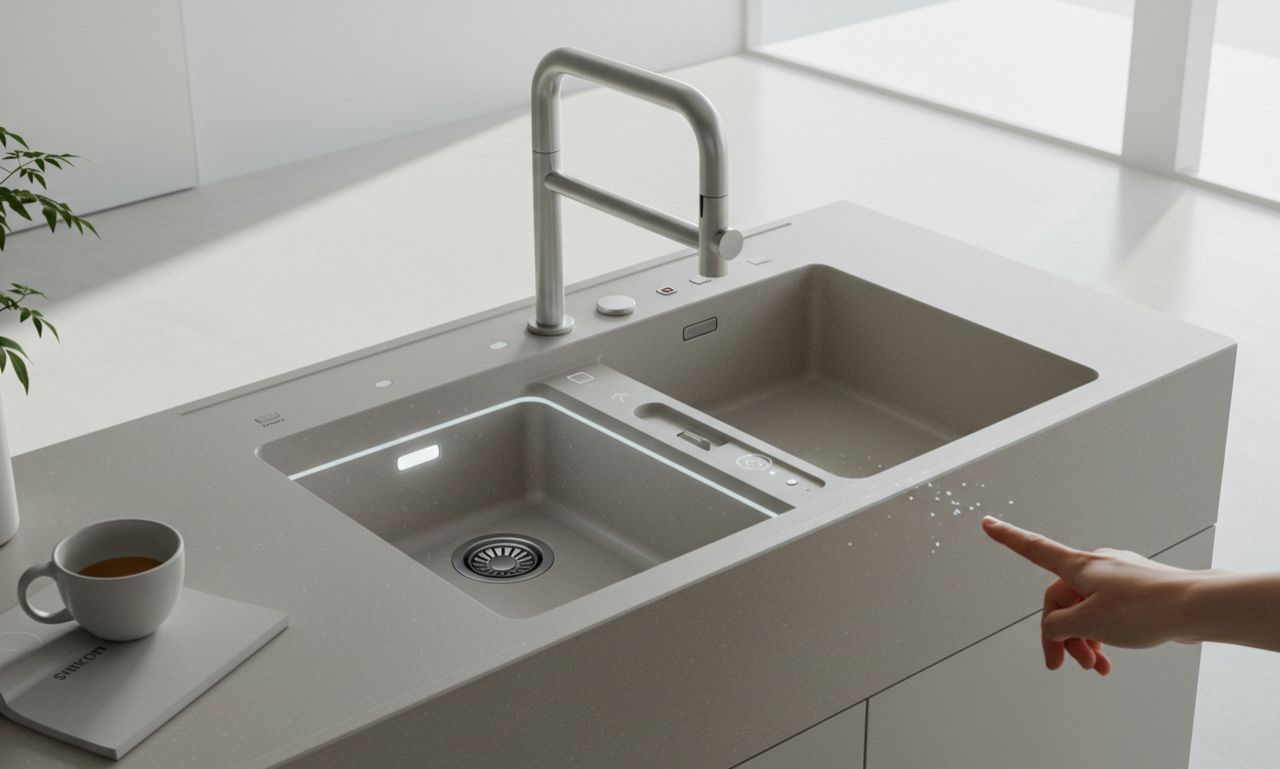Introduction
Ensuring workplace safety and boosting productivity are top priorities for employers in every industry, yet proper footwear is frequently overlooked. The right shoes can significantly reduce exposure to workplace hazards while enhancing employee comfort, morale, and efficiency. To meet these needs effectively, corporate safety shoe programs include tailored solutions beyond basic compliance, offering customizable fit, function, and durability options. These strategic programs safeguard workers and streamline safety management for employers, delivering measurable value across the organization.
Implementing a comprehensive footwear initiative is not merely about meeting regulations; it’s a pathway to minimizing downtime due to injury, maintaining high productivity standards, and fostering a positive workplace culture. A properly established program invests in your company’s future, one that pays returns through fewer accidents, higher retention rates, and better employee engagement.
Importance of Proper Footwear
Every year, thousands of workers experience preventable foot injuries on the job. Risks come in many forms: heavy objects that can crush toes, hazardous chemicals that can corrode skin, and slick surfaces that increase the danger of slips and falls. According to the Occupational Safety and Health Administration (OSHA), foot injuries often result in lost workdays and significant medical costs. Suitable footwear that is selected based on job hazard assessments can drastically reduce these incidents, create a safer work environment, and demonstrate an employer’s commitment to worker welfare.
The need for proper footwear becomes even more pronounced in construction, manufacturing, and warehousing industries, where workers face complex and evolving threats. Non-slip soles, steel toe protection, puncture-resistant insoles, and electrical hazard ratings are just a few features modern safety footwear should incorporate to ensure comprehensive security.
Key Components of Effective Footwear Programs
Successful footwear programs aren’t one-size-fits-all—they are designed with each workforce’s specific needs, environments, and job functions in mind. The process begins with a rigorous hazard assessment that identifies all potential sources of foot injury. Once the hazards are mapped out, the program should focus on carefully selecting footwear that meets or exceeds ANSI and ASTM safety benchmarks and considers employee ergonomics and fit.
- Hazard Assessment: Thoroughly analyze all job sites for possible foot hazards and document findings as part of your safety management process.
- Selection of Appropriate Footwear: Partner with trusted providers to procure footwear tailored to your work environment, employee roles, and prevalent risks.
- Employee Training: Provide regular training and updates about the importance of wearing correct footwear and how to care for it, ensuring safety is at the forefront of everyone’s mind.
- Regular Evaluation: As job roles change and new hazards emerge, consistently review and update your program to remain adequate and relevant.
Benefits of Implementing Footwear Programs
Companies investing in robust and strategic footwear programs quickly realize advantages beyond mere compliance. One significant benefit is improved safety compliance rates. According to recent industry insights, organizations with online safety footwear programs achieve an impressive 86% compliance, outpacing traditional alternatives. Enhanced compliance means fewer injuries, less lost time, and better workplace morale.
- Enhanced Safety Compliance: Employees with protective, comfortable shoes follow safety guidelines more faithfully, reducing workplace injuries and associated costs.
- Improved Productivity: Well-designed footwear mitigates foot fatigue, minimizes distractions, and allows workers to perform at their best throughout demanding shifts. Safe employees are more focused and engaged.
- Cost Savings: Effective programs can lower the frequency and severity of injuries, resulting in fewer OSHA fines, reduced insurance premiums, and fewer workers’ compensation claims.
- Boosted Employee Retention: Workers provided with high-quality, comfortable footwear are likelier to stay, with companies observing up to a 60% higher employee retention rate than non-participating peers.
Challenges and Solutions
Even the most beneficial programs can face obstacles during implementation. Costs and employee reluctance are common concerns. To address these hurdles, companies should offer a diverse range of approved footwear styles, allowing employees to choose options that best suit their personal comfort and professional needs, provided they meet safety requirements.
- Offer a Range of Options: Diverse selections ensure employees can find durable, comfortable footwear that they are more likely to wear consistently.
- Subsidize Costs: Partial or complete subsidies of approved footwear help lessen financial burdens, setting the program up for higher adoption and success rates.
- Engage Employees: Including employees in the selection process increases program buy-in and helps identify features—the right fit, arch support, waterproofing—that make safety footwear something workers want to wear long-term.
Real-World Examples
Evidence from industry leaders clearly shows the measurable impact of safety footwear programs on workplace outcomes. For example, one major manufacturing firm implemented a mandatory safety shoe policy and saw a 30% reduction in foot injuries within 12 months. In another case, a logistics company partnered with a specialized provider to offer personalized shoe fittings, increasing employee satisfaction and nearly 100% compliance with safety protocols. These results emphasize that when companies prioritize employee comfort and protection through strategic initiatives, they create safer, more motivated workplaces. By integrating employee needs into safety planning, organizations lower injury rates and enhance morale and engagement. Investing in well-structured safety footwear programs boosts productivity, supports regulatory compliance, and strengthens brand reputation, demonstrating that proactive safety culture is a human and business imperative.
Conclusion
A comprehensive footwear program represents more than just a compliance measure—it’s a forward-thinking investment in workplace safety, operational efficiency, and employee well-being. Companies can significantly reduce the risk of slips, falls, and foot-related injuries by conducting thorough hazard assessments and offering footwear tailored to specific job roles. Incorporating selection guidance, ongoing training, and regular policy evaluations ensures that safety protocols evolve alongside workplace needs. Additionally, proactive initiatives signal that the company values its workforce, which fosters trust, loyalty, and higher morale. The benefits are far-reaching, from reducing downtime and injury-related costs to enhancing daily comfort and productivity. Organizations that prioritize employee protection through structured and responsive corporate safety programs meet regulatory standards and set themselves apart as industry leaders in safety, responsibility, and long-term workforce support, ultimately contributing to a stronger brand reputation and sustained business success.










